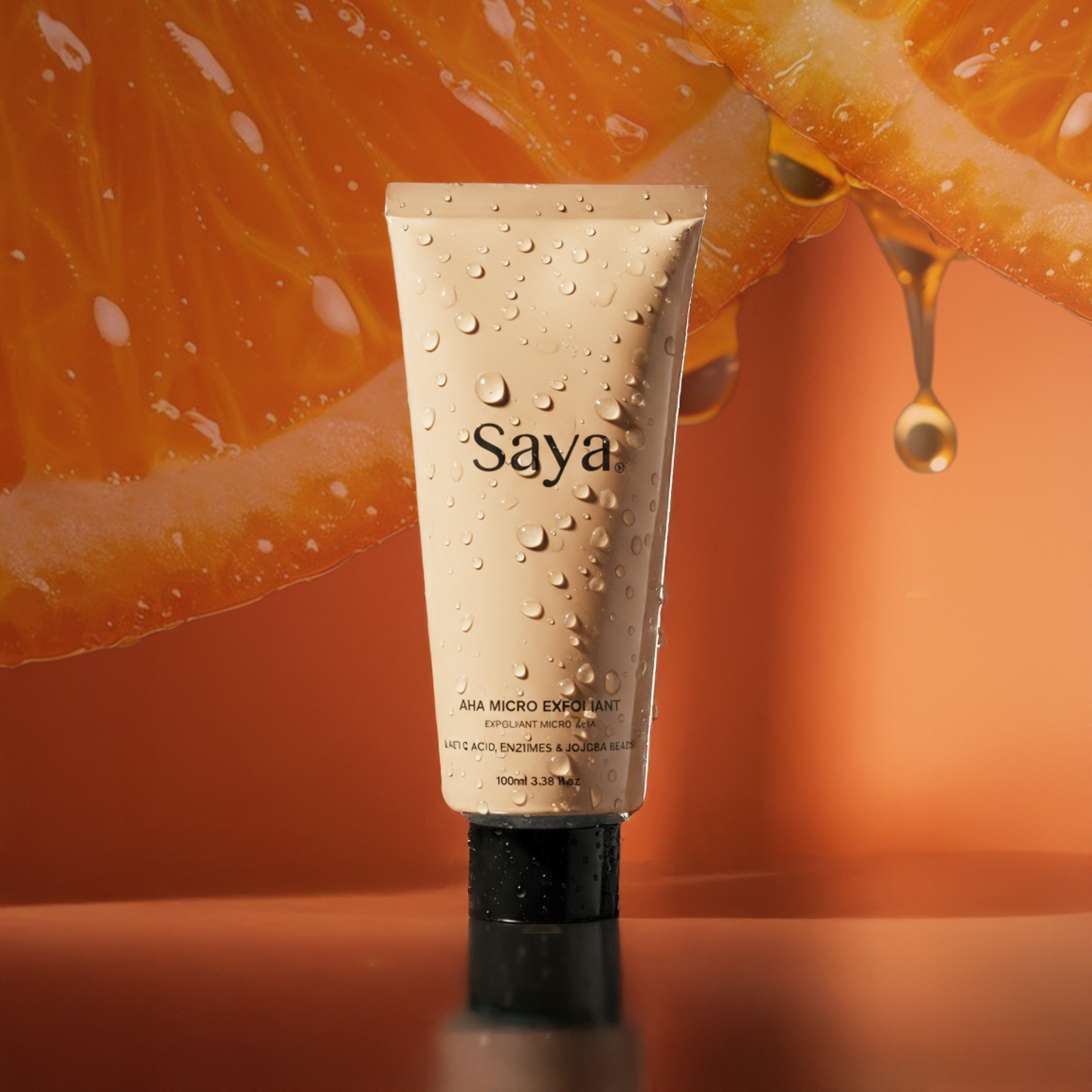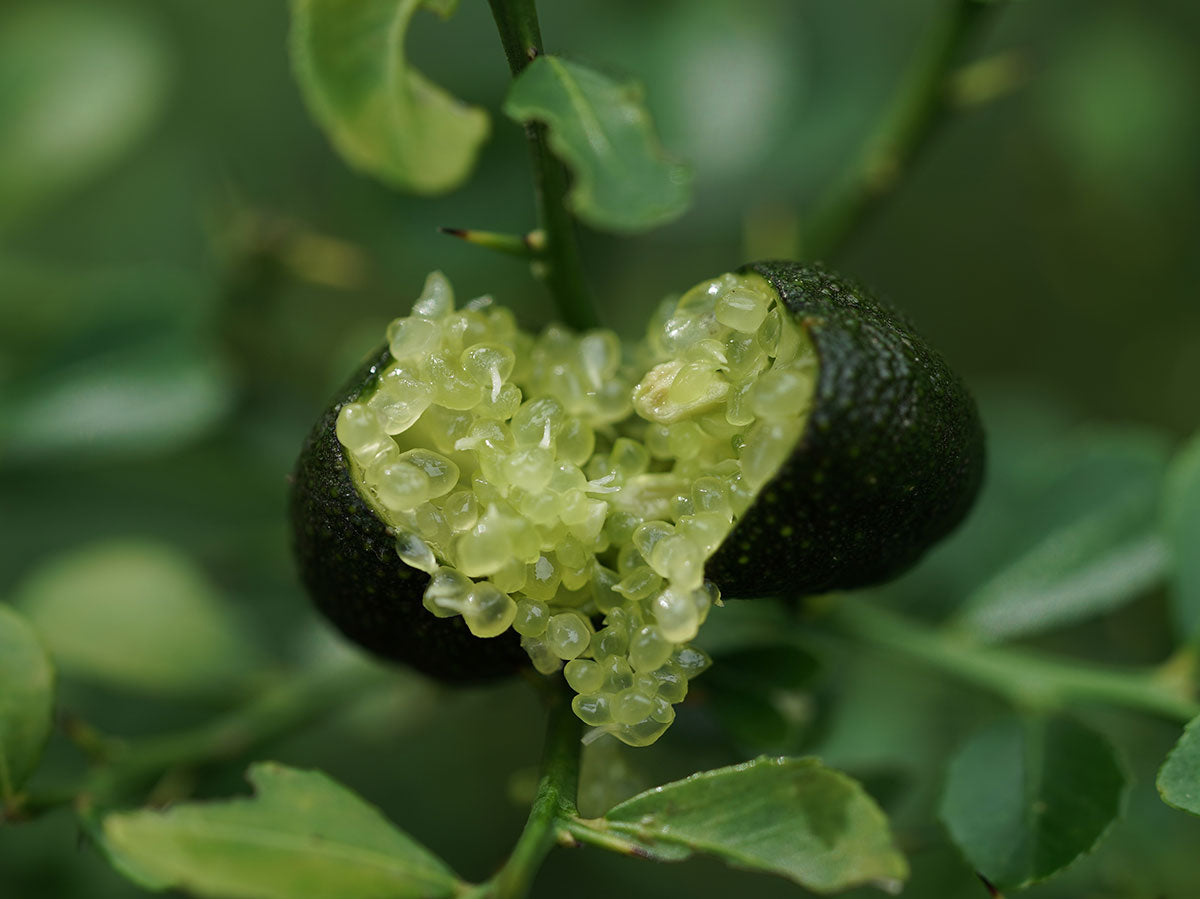
Lactic Acid has been around for thousands of years. The Egyptians, and in particular Cleopatra were famously known to bathe in sour milk to improve the look and texture of the skin. Today we know that sour milk is rich in Lactic Acid, a naturally occurring AHA that is gentle to the skin. Not so thrilled with the idea of hopping into a tub of milk? Neither are we!
Lucky for you this anti-wrinkle and pigmentation-fighting ingredient doesn’t just come from milk. It can be made from fermented vegetables and sugar-rich foods which can be purchased in the form of serums, chemical peels and treatments!
Lactic Acid vs other AHA’s
All AHA’s exfoliate and improve skin texture, but Lactic Acid has an extra benefit that you won’t get from any other member of the AHA family. Lactic Acid is hydrating! It helps to keep skin moisturised and feeling less dry. It’s also one of the more gentle hydroxy acids used in skincare. If you’re the sensitive skin type, this is going to be your go-to. Lactic Acid is less likely than Glycolic or Salicylic Acid to cause irritation and disrupt the pH of your skin barrier.
What is Lactic Acid used for?
Lactic Acid is known as the hero ingredient for hyperpigmentation and pigment conditions (like melasma), age spots and other factors that contribute to an uneven complexion.
Lactic Acid benefits
- Fades hyperpigmentation (sunspots and age spots) and softens fine lines and wrinkles.
- It helps old, dull cells on the skin’s surface to dissolve away.
- Kills undesirable bacteria.
- It speeds up cell turnover and stimulates cell renewal revealing brighter softer new skin!
- Reduces acne by decreasing the appearance of pores and improving skin texture.
- Used to treat eczema, psoriasis, and rosacea.
What percentage of Lactic Acid should I be using?
Lactic Acids products can vary widely in concentration from 5 per cent to more than 30 per cent. If you’re new to acids or have sensitive skin, start off with a low strength product of 5 - 10 per cent. This will allow your skin to get used to this ingredient, gradually building up a tolerance.
What does it look like if I’ve overdone it?
Like most things, too much of something can be bad for your skin. You can overdo it by applying too much or using a concentration that’s too strong. Here are some signs your skin has been overexposed by acids:
Irritation: The first sign of overdoing it is a stinging or burning sensation. Your skin might appear red or feel itchy, tight and painful to touch.
Dry & Flaky: Your skin may start to feel drier than when you started.
Breakouts: If you’re applying too many peels and AHA-based products you might see an increase in the number of breakouts.
Long term side effects: This may include skin sensitization (allergic reaction to acids) and hyperpigmentation if the skin is exposed to UV without protection (apply SPF every day).
Always monitor your skin for irritation. If it seems like it’s too much, take it back a notch. Using too much of any acid can lead to inflammation which accelerates the aging process. Want to learn a little bit more about acids and the difference between them all? Check out our blog ‘Which is better: Chemical or Physical Exfoliant?’
Noticing some dark brown spots on the skin? We are going to give some quick tips on hyperpigmentation (and also a new product hint!). Read now ‘Hyperpigmentation: Treatment, types and causes’.




